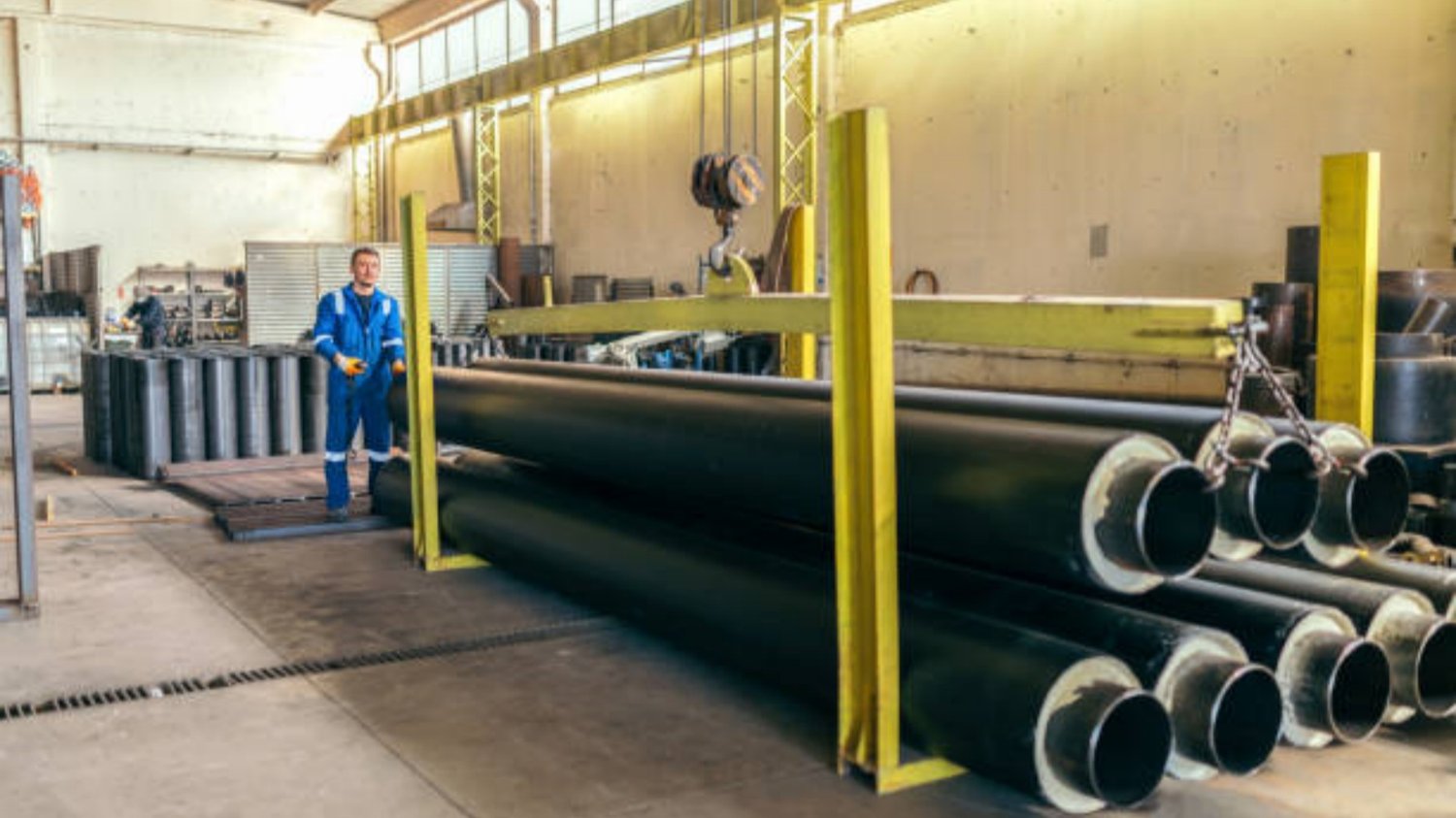The Basics of Roll Forming
Roll forming is a highly efficient metal forming process that involves continuously bending a long strip of metal into a desired shape. This method is commonly used in various industries, including automotive, construction, and manufacturing. In this article, we will delve into the intricacies of the roll forming method, exploring its benefits, applications, and the process involved.
The Process of Roll Forming
Roll forming begins with a flat strip of metal, known as a coil. The coil is fed into a series of rollers, which gradually shape the metal into the desired profile. These rollers are designed with specific contours that gradually change the shape of the material as it passes through the machine.
As the metal strip passes through each set of rollers, it undergoes a series of bending, stretching, and forming operations. This continuous process transforms the flat strip into a complex profile, such as a channel, angle, or tube.
The Advantages of Roll Forming
Roll forming offers numerous advantages over traditional metal forming methods, such as stamping or press braking. One of the key benefits is its ability to produce consistent, high-quality parts with tight tolerances. The use of precision rollers ensures that each piece maintains the desired dimensions, resulting in a uniform product.
Furthermore, roll forming is a highly efficient process that allows for rapid production of complex shapes. The continuous nature of the method eliminates the need for multiple individual operations, reducing production time and costs. Additionally, the ability to form long lengths of material in a single pass makes roll forming ideal for applications that require extended profiles.
Applications of Roll Forming
The versatility of the roll forming method makes it suitable for a wide range of applications. It is commonly used in the automotive industry for manufacturing components such as door frames, roof rails, and bumper beams. The construction sector utilizes roll forming to produce structural components, including studs, purlins, and roofing panels.
Other industries that benefit from roll forming include furniture, HVAC (heating, ventilation, and air conditioning), and electrical enclosure manufacturing. The method enables the production of custom profiles that meet the specific requirements of each industry, providing cost-effective solutions.
Material Considerations in Roll Forming
Roll forming can be performed on various types of materials, including steel, aluminum, stainless steel, and copper. The choice of material depends on factors such as the application, required strength, and corrosion resistance. Steel is the most common material used in roll forming due to its availability, affordability, and versatility.
When selecting a material for roll forming, it is essential to consider its mechanical properties. Different materials have varying levels of formability, strength, and ductility, which can affect the performance of the finished product. Consulting with a roll forming expert can help determine the most suitable material for a specific application.
The Role of Tooling in Roll Forming
Tooling plays a crucial role in the roll forming process. It refers to the set of rollers, dies, and other equipment used to shape the metal strip. The design and quality of the tooling directly impact the final product's accuracy, consistency, and surface finish.
Experienced roll formers utilize computer-aided design (CAD) software to develop precise tooling profiles. These profiles are then machined to create the necessary contours for bending and forming the metal strip. Proper maintenance and regular inspection of the tooling are essential to ensure optimal performance and minimize downtime.
Roll Forming vs. Other Metal Forming Methods
While roll forming offers numerous advantages, it is important to consider alternative metal forming methods for specific applications. Processes such as stamping, press braking, and extrusion may be more suitable in certain situations.
Stamping, for example, is ideal for high-volume production of simple shapes, while press braking is commonly used for bending flat sheets into angles or channels. Extrusion is preferred for producing continuous profiles with consistent cross-sections.
Conclusion
The roll forming method is a highly efficient and versatile metal forming process that allows for the production of complex profiles with high precision. Its numerous advantages, including cost-effectiveness, rapid production, and design flexibility, make it a preferred choice in various industries.
When considering roll forming for a specific application, it is crucial to consult with experts in the field to ensure optimal results. By selecting the right materials, designing accurate tooling, and understanding the unique requirements of each project, roll forming can provide cost-effective solutions and high-quality products.

